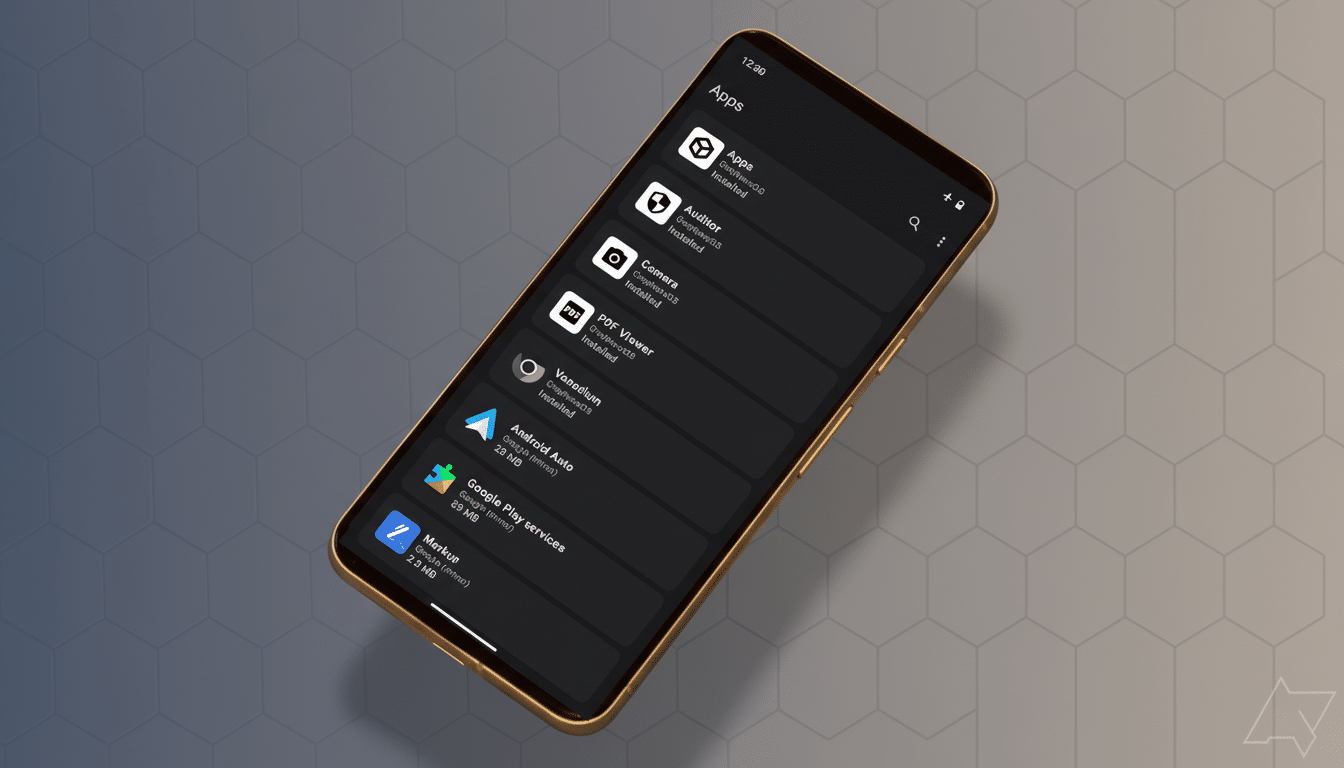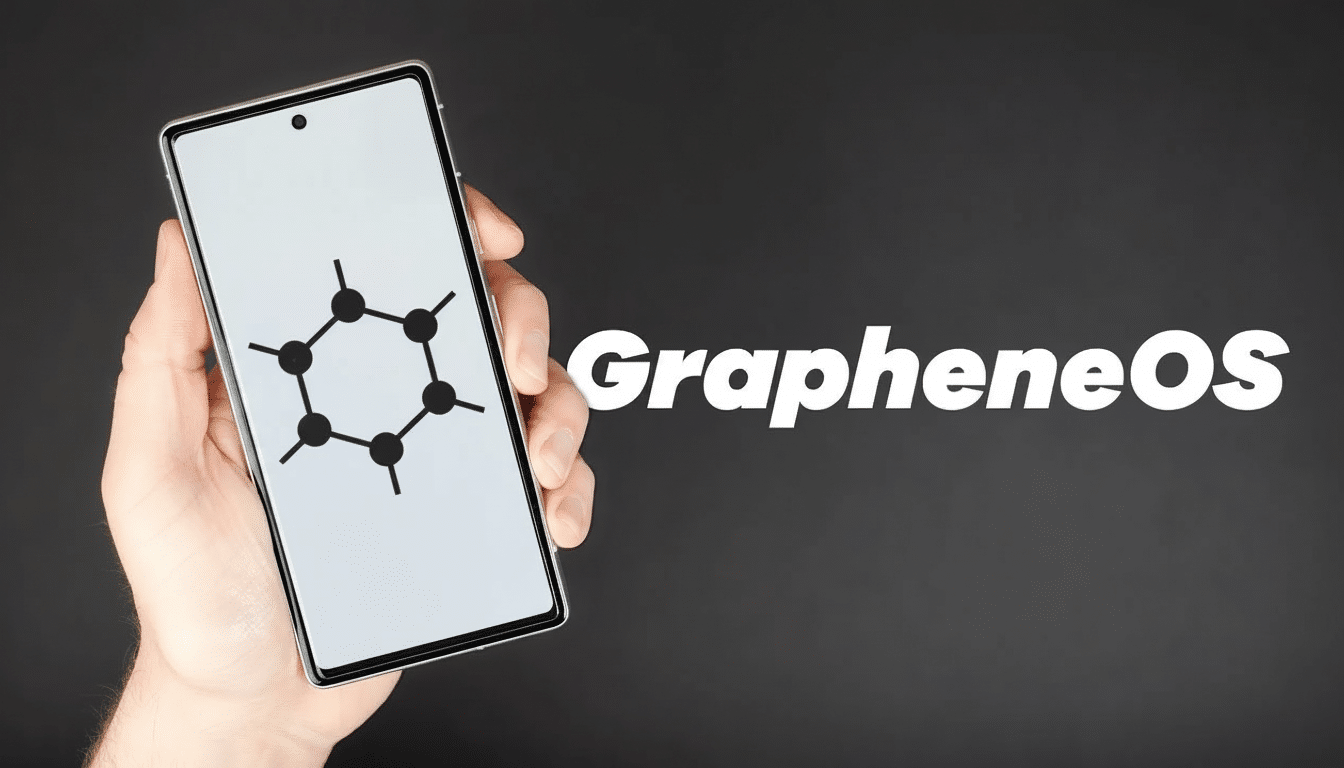GrapheneOS, the security and privacy-focused Android fork that’s been around for years and has long been a staple of skinned Android on Google’s phones, is about to make its biggest turn yet. According to the team, it’s working with a leading Android OEM to release official builds on Snapdragon flagships, promising a significant shift from Pixel reliance that could alter the privacy-phone domain.
GrapheneOS aims to reduce dependency on Pixel devices
The project said it is working closely with a top-tier OEM to comply with its rigorous baseline for security, update cadence, and long-term support. The partner’s devices are expected to land in the same price range as Pixels and be shipped globally through standard lineups, not niche “developer editions.”
- GrapheneOS aims to reduce dependency on Pixel devices
- Why Pixels were the only game in town for years
- What changes with Snapdragon over Tensor chips
- Who the potential OEM partner for GrapheneOS might be
- What this shift could mean for privacy-focused buyers
- How This Could Lift Up The Android Security Floor
- What to watch next as GrapheneOS expands beyond Pixel

GrapheneOS will continue to be available for existing Pixels throughout their support periods. The team has said it likes Pixel 10 and is looking at Pixel 11, but if the main thing pans out: future-facing Snapdragon phones finally match the standard only Pixels have met until now.
Why Pixels were the only game in town for years
Exclusivity for the Pixel was never ideological; it was pragmatic. To verify for the likes of GrapheneOS, you need a very secure boot chain, solid hardware-backed keystore attestation, prompt firmware updates, and a vendor willing to play along on patch access. Pixels bundle Android Verified Boot, the Titan M2 security chip, long support windows, and consistent factory images—a rare combination across Android.
Most original equipment manufacturers just don’t meet one or more of those. Some lock out the bootloader, others send out incomplete kernel sources, or take months for vendor firmware (modem, camera, and DSP). GrapheneOS also depends on functionality such as per-app network and sensor toggles, sandboxed Google Play, and a hardened libc and malloc—features that exercise vendor adherence to the upstream Android security model.
What changes with Snapdragon over Tensor chips
Stepping up to a Snapdragon flagship means going from in-house silicon to that built by Qualcomm. That makes for a separate secure execution environment, firmware stack, and patch pipeline. The current high-end SoCs from Qualcomm even make use of modern Arm features like Pointer Authentication and Memory Tagging Extension on the compatible cores (both very relevant to GrapheneOS’s exploit mitigation plan).
The key is coordination. On Android, for example, the typical monthly security bulletins contain dozens of CVEs across kernel, GPU, and vendor components. With the silicon vendor and handset maker in concert on disclosure and remediation, third-party OS projects can ship fixes rapidly. GrapheneOS’s point is that long patch deadlines expose already-existing holes; direct OEM teaming could shorten this without needing to wait for Pixel drops, too.
Who the potential OEM partner for GrapheneOS might be
The company was not identified by the project. Some are quick to note which brands allow bootloader unlocks, promptly release factory images, and ship Snapdragon in global variants. Names that crop up frequently in community speculation include OnePlus or Motorola, and then there’s Nothing, whose open signals are loud but on a smaller scale. Samsung is not promising enough, what with locked bootloaders in much of the world and two competing chipset strategies. The use of quotes around “major OEM” indicates that we’re talking about a vendor with significant global volume and some level of carrier representation.

One nonnegotiable is policy alignment: verifiable update claims, GPL kernel sources, and the ability to adopt upstream security work. Without it, GrapheneOS is not able to cite the same assurances that led Pixels to become our high-risk user default recommendation.
What this shift could mean for privacy-focused buyers
The upside for users is choice. Up until now, it was only journalists, activists, and security professionals who turned to the Pixel simply because it’s the only device of choice to run GrapheneOS. An alternative based on a Snapdragon would be less restricted in where, when, and how many get produced (not to mention enticing for buyers who want something made of aluminum, with different radios, or with another camera pipeline).
The wider privacy tech market, too, might find itself reshaped. The issue of getting data off locked-down Pixels, or those with hardened OS builds, is one that lawful access reports and forensic tool vendors have mentioned before. A Spanish police report last year cited criminal abuse of hardened Pixel devices, also demonstrating how strong device security cuts both ways. If GrapheneOS gets picked up by another mass-market brand, prepare to see regulators, researchers, and enterprise security teams scrambling in response.
How This Could Lift Up The Android Security Floor
Open-source hardening raises all boats. Some of the work GrapheneOS has been pursuing with regard to enhancing memory safety, app sandboxing, and permission controls is influencing conversations with Android security engineers, academics, and independent researchers. Google’s own security reports and Project Zero case studies have illustrated continued assaults from kernel and vendor driver vulnerabilities; elevating the state of one more flagship line reduces patch turnarounds and tightens default settings.
If the partner promises long-term support updates and proactive firmware upkeep, it could be a reference for secure-by-default Android beyond Pixels. That would help users even on stock ROMs, as vendors upstream fixes, tighten SELinux policies, and push sturdier builds.
What to watch next as GrapheneOS expands beyond Pixel
Watch for three signals:
- Whether the OEM offers factory images and fastboot tooling for all regions.
- Whether kernel sources and firmware changelogs are published as part of, or immediately with, each security bulletin.
- Whether devices make available hardware-backed attestation and StrongBox capabilities to third-party implementations.
Assuming those boxes can be ticked, GrapheneOS’s departure from Pixel won’t just represent another port but will mark the day that privacy-focused Android finally rids itself of vendor lock-in in the form of a leading hardened OS without ties to one hardware company.

